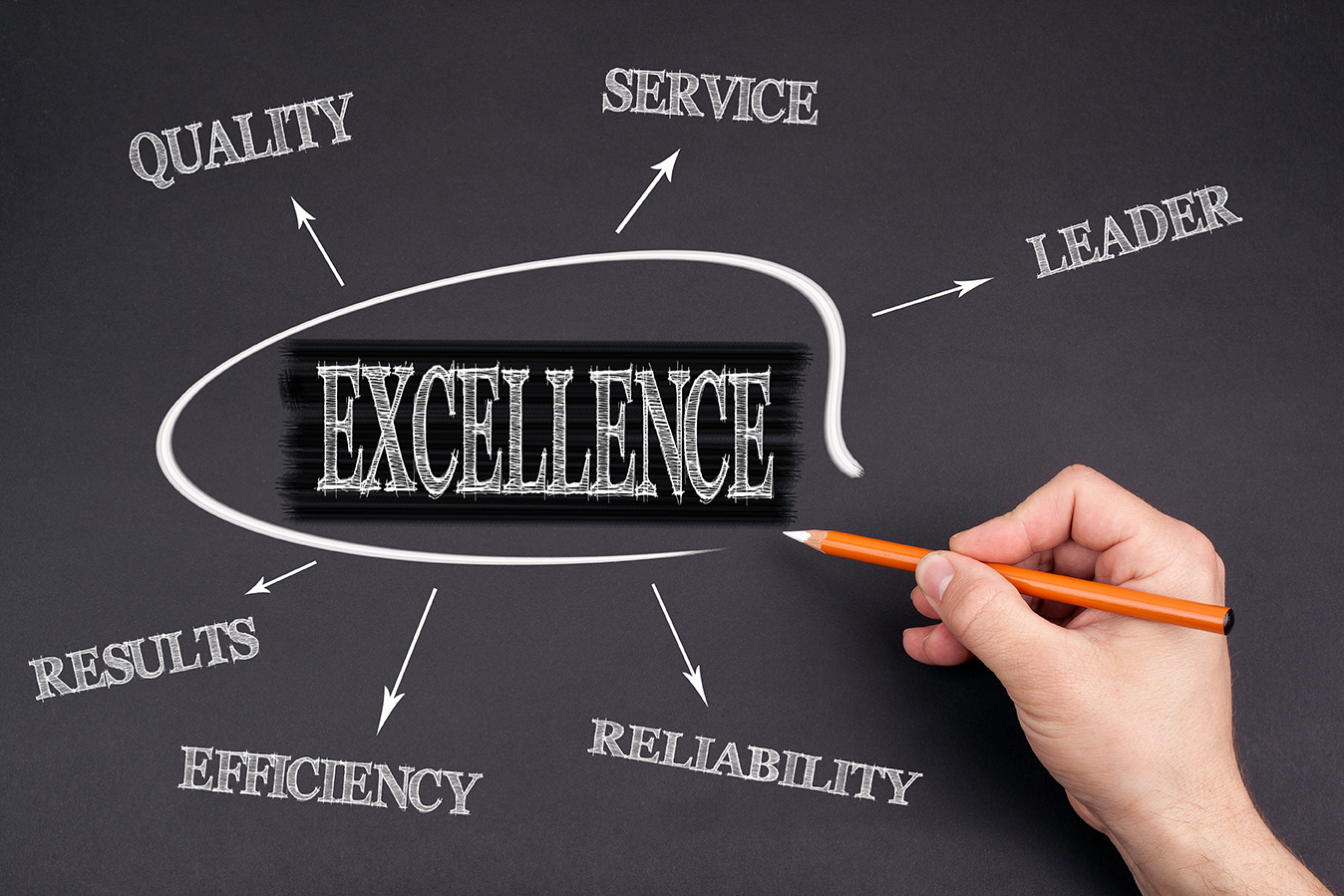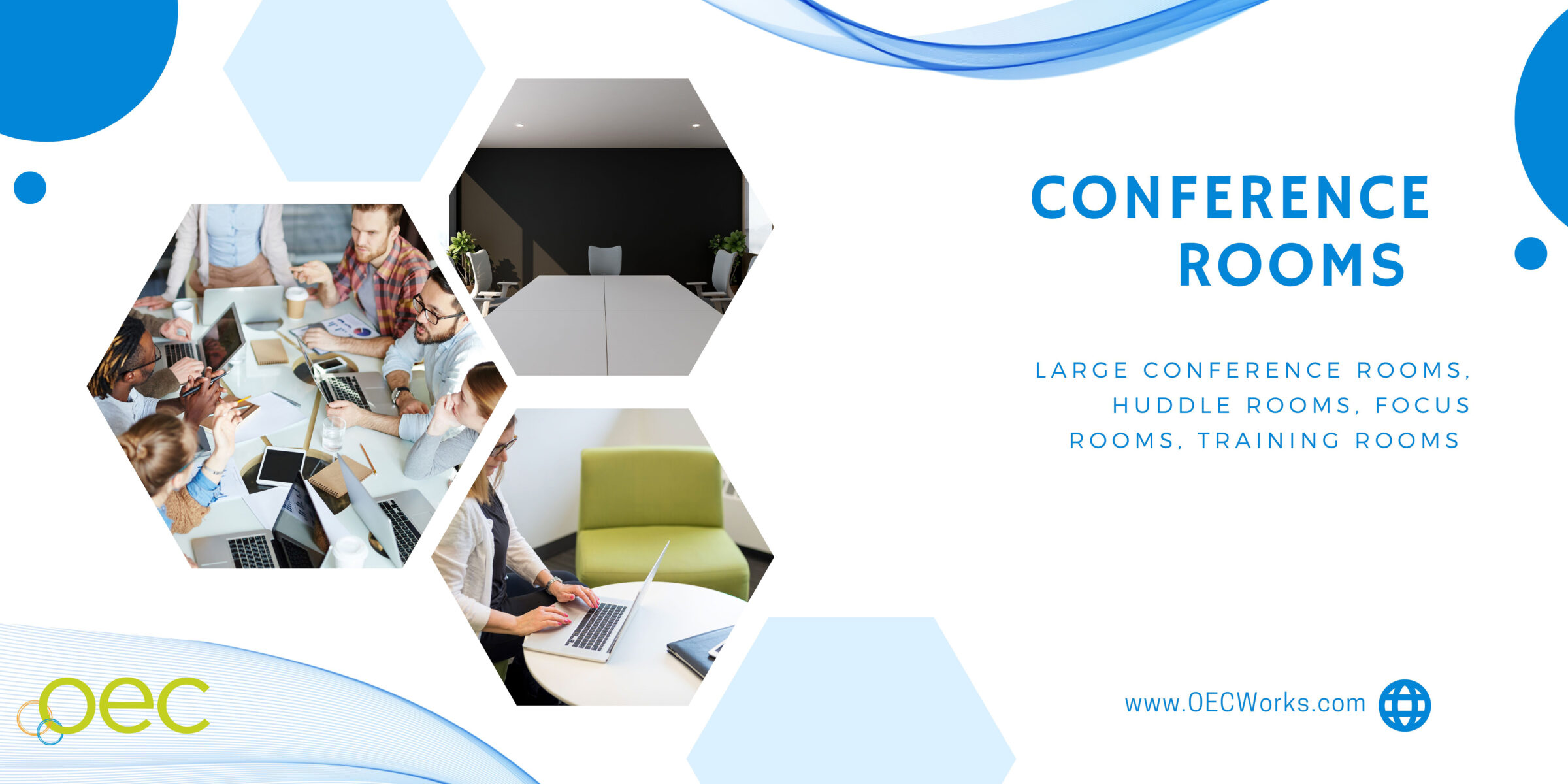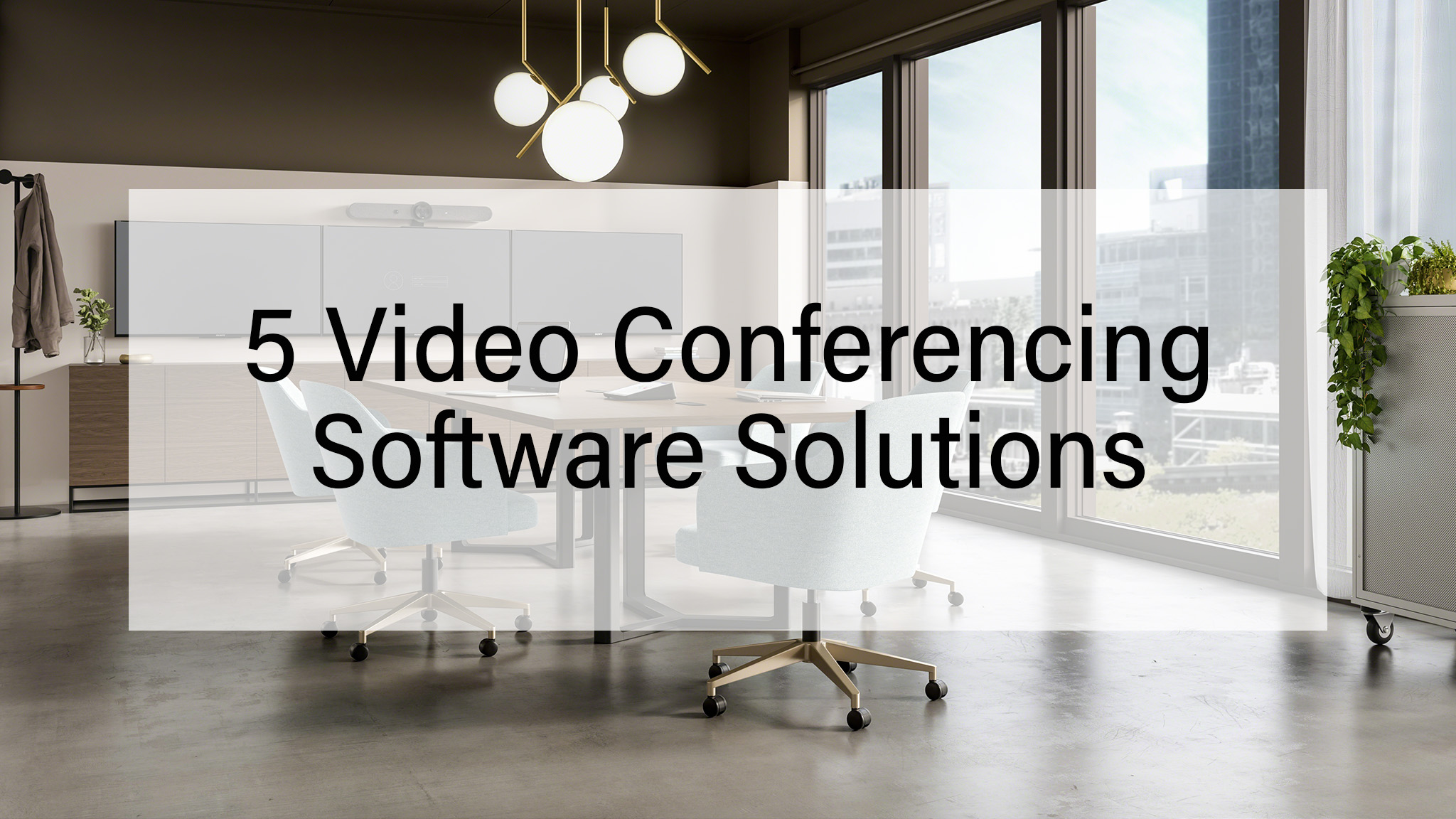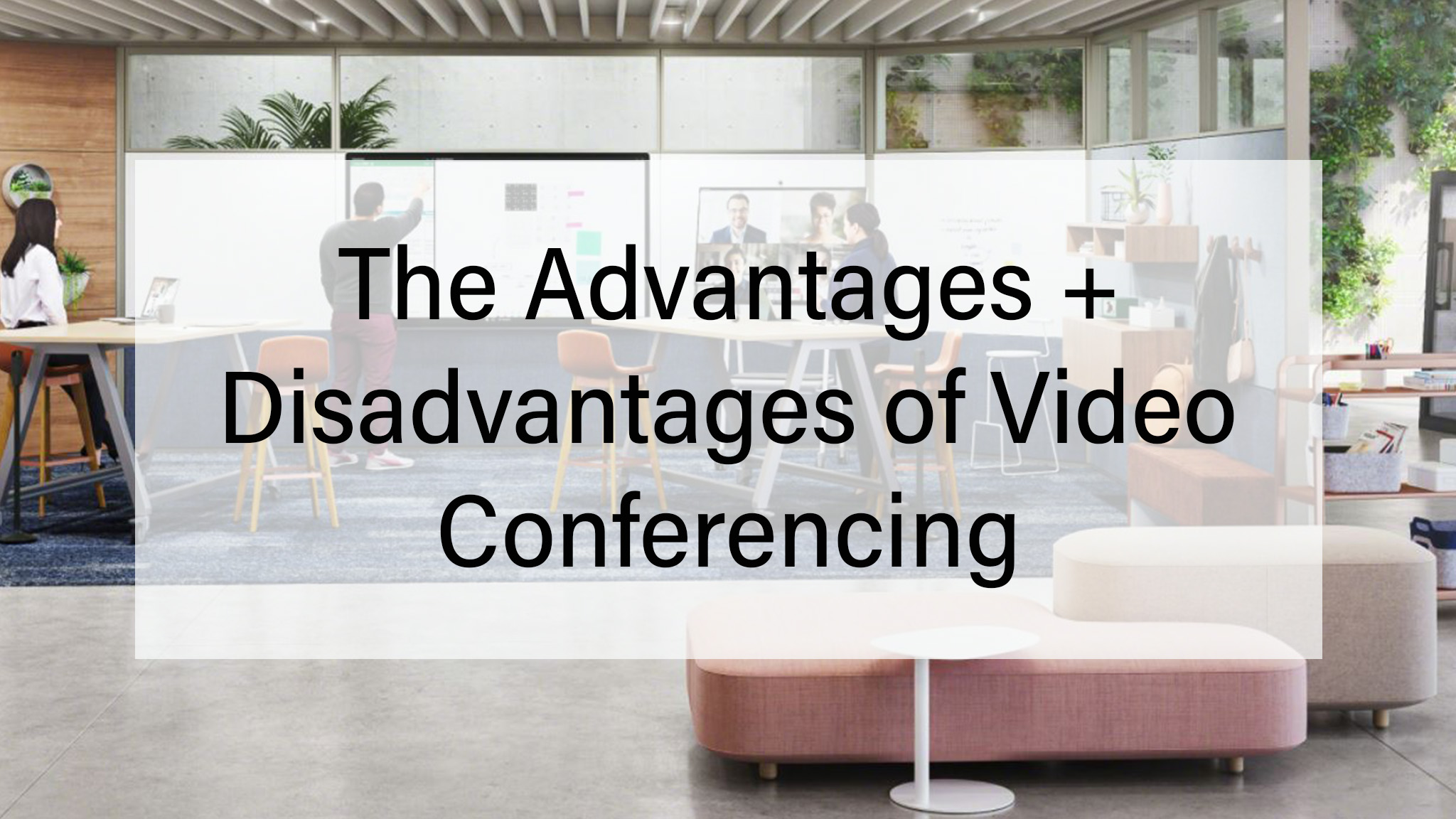Lessons from Silverwood Theme Park
Destination Location in the Woods of Northern Idaho?
Last year almost a million people traveled to a remote area in the woods of northern Idaho. I have personally traveled there along with my wife and four kids. What’s up there? A fun and very successful amusement theme park by the name of Silverwood. How did an amusement park get built in such a remote place and how did it become a destination location?
In 1981 a man by the name of Gary Norton purchased a small aerodrome (fancy name for small airport). In addition to servicing private clients with airplane needs, Gary established one of the hangars as an antique plane museum. A few years later Gary happened to be passing through Reno, Nevada where he attended an auction. At the auction he saw a 1900’s era locomotive and at that moment had a vision of planes and trains being the anchor of some sort of theme park. A bidding war ensued between him, and Disneyland and he came out victorious.

A Town To Go With The Train
With the train now on his land, Gary enlisted family members and built a train track going around his property. He began thinking about what else might cause people to come to his property to ride his train and see his antique planes. And so, he decided a 1900’s little town would need to be built. Gary hired local craftsmen who built a small town on a Main Street. And then in 1988 Silverwood was opened. 100,000 people came that first year to ride the steam train and to see the trick plane show.
Every year after that, Gary added new attractions to keep people coming back. Live musical shows, a roller coaster, an ice rink, a water park, another roller coaster. Whatever would delight the guests and keep them coming back year after year after year. Today, Silverwood has become a thriving and successful destination location amusement park that has entertained and brought a smile to millions of guests.

The Office As A Destination Location
Last week I read an article Gensler had written regarding businesses that are trying to get their employees to come back to work at the office. One line caught my attention, “If people are to come to the office, they’re coming because it’s a destination, not an obligation.” So I’ve been thinking the past few days about how to make the office a destination location. Naturally, I started thinking about destination locations and why people go to them. Silverwood came to mind because it’s such a great place in such a remote location; I was curious how it all got started.
So how do we create destination locations for our businesses? Let’s think about our guests—or our employees. What will bring them back day after day and put a smile on their face? Here are three things I thought of:

1. Culture
Culture for me is the aggregate of the values an organization embraces. In successful organizations these values are identified by the leadership team and then taught, rewarded, and reinforced at every available moment. In less successful (toxic is the going term) organizations the values are decided upon using “Lord of the Flies” methods (mob rule)—which can sometimes produce good values I suppose—but is more likely to produce values more conducive to murder and mayhem. Are your organization’s values driven by leadership or by Lord of the Flies? If you are wanting to revisit your values, check out the book Traction, which has a simple process to follow to develop your values and mission statement.
2. Space
Your working space should be awesome. Or at least it should be better than employee’s homes. You don’t need to build an amusement park of course. But I do think we can learn some lessons from Silverwood. Let’s start with thinking about our guests and what they want, what will bring them back time and time again. Think about your employees, what do they want? According to studies from Steelcase, employees want a couple of things in their workplace today 1) more privacy 2) better collaboration spaces.

Privacy
Your employees—particularly those in open office spaces—need enclaves where they can retreat to when they need some privacy. Phone booths, reservable private offices, small huddle rooms, and meditation rooms are all good ways to give employees places to go for quiet and privacy. Pro Tip: Space your enclaves and quiet spaces throughout your organization. If they are easy and close to get to, your employees will use them.

Better Collaboration
Regardless of what business you are in, when your employees collaborate effectively, the production power of the team can become more than the raw sum of the individual capabilities. In a high-functioning office where meaningful collaboration happens 1+1 can equal 3 or even more. Here are a couple of keys to high performing collaboration spaces:
1) Easy to use AV (audio visual) technology. If it’s not easy to use, your employees simply won’t use it. Instead, they will likely go to their house where they know they can start a team or zoom meeting on their laptop without calling IT. If your AV tech is easy to use and makes your employees look good, your employees will use it.
2) Reservable—in a well-planned office space you should have reservable collaboration spaces. For the reservable spaces, get a room reservation system. They are inexpensive and allow employees autonomy and power in determining where and how they meet.
3. Silverwood Thinking
The best theme parks in the world are always coming up with new ways to delight their guests. Every year they add an attraction. Consider the same concept with your office space. Survey your people, go visit other businesses, constantly think what you can do to improve your space and keep your employees excited to come back year after year.
Good luck in making your own office spaces into a destination location—not an obligation location.
Scott Galloway
Receive our Newsletter
To receive our newsletter, including new editions of spaces and other digital content, fill out the form:































